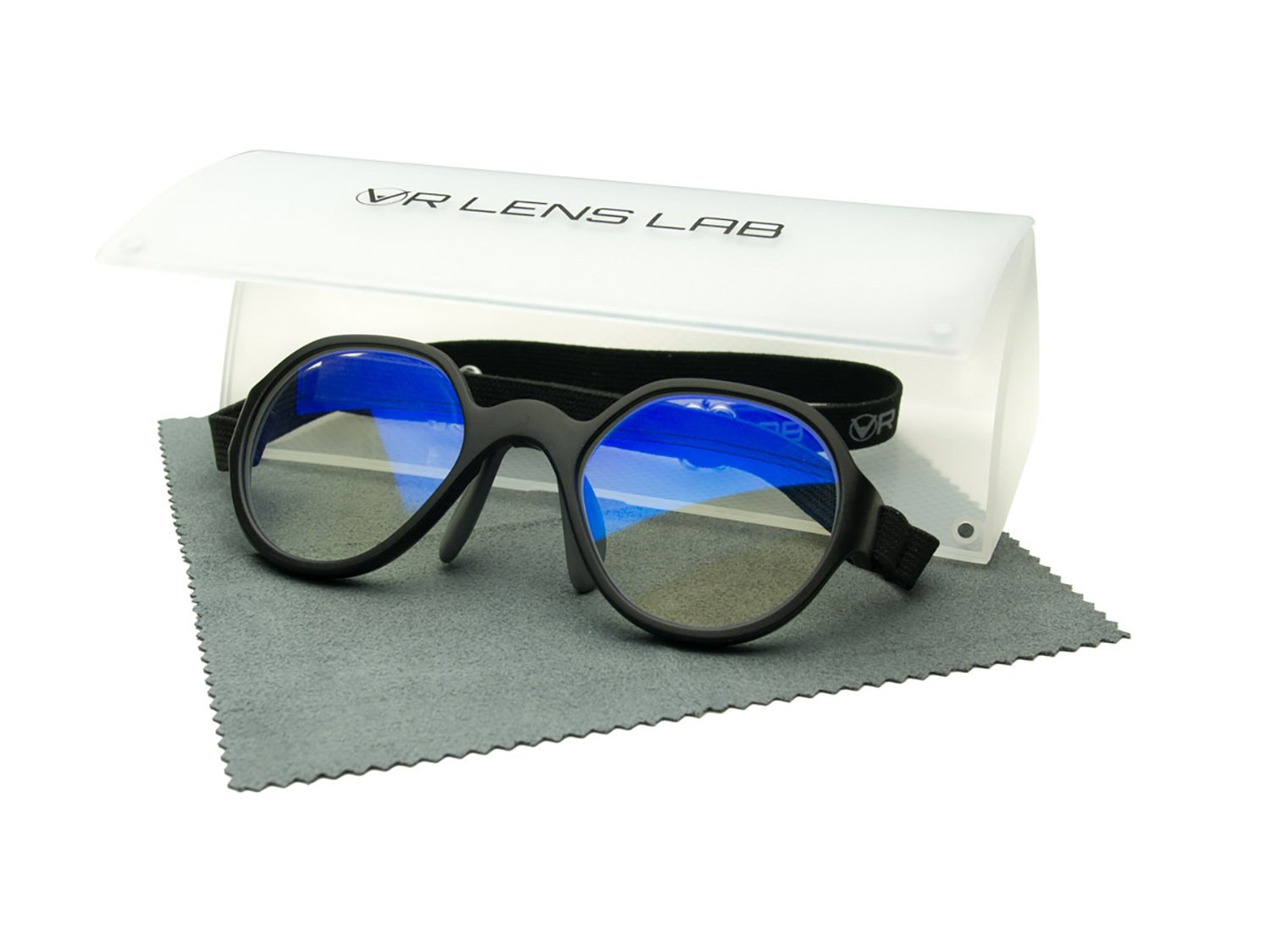
The major VR headsets, including Oculus Rift, HTC Vive, and PlayStation VR, have been designed in a way that lets most prescription glasses frames fit. However, wearing glasses inside a head-mounted display can still be problematic. You might scratch the headset's lenses with your frames, you might experience a bit of fog, and your lenses touching your face when mashed into the headset can cause smudges that are hard to see through.
A company called VR Lens Lab has taken it upon themselves to create lenses that work with the three major VR headsets. Their first lenses caused some distortion for some users, but they've redesigned them, calling them RABS premium lenses, and the distortion is significantly reduced.
Put prescription lenses into your HTC Vive
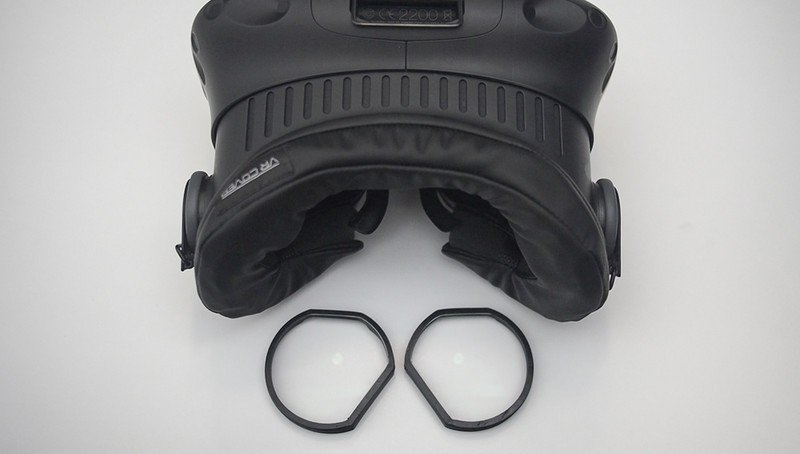
Thanks to how the Vive is built, prescription lenses contained in an adapter can be easily inserted over the regular lenses. Adding the lenses to your Vive takes about 10 seconds, as they simply clip on.
All lenses are custom made to fit the Vive, and a blue light coating is available to help cut down on the harmful light. Expect to pay about $110 for the RABS premium prescription lenses and blue light coating. Just want some protection? Non-prescription lenses with no coating cost about $66.
Put prescription lenses into your Oculus Rift
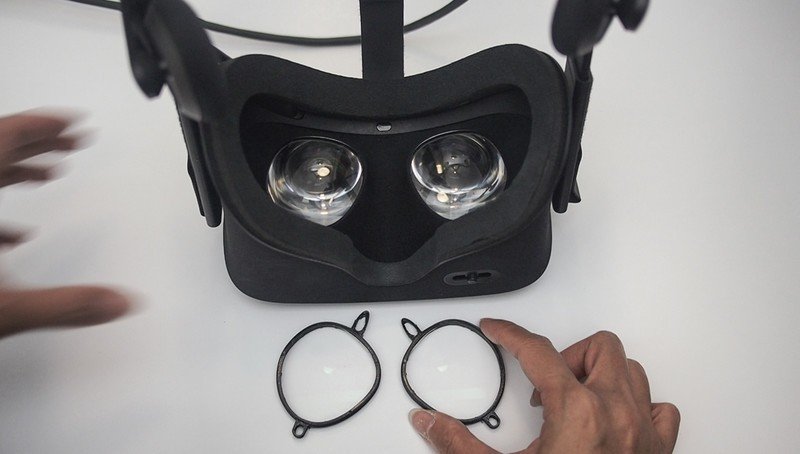
Like the Vive's version, these Oculus Rift lenses are available in a prescription option and a standard option if you just want simple protection. Inserting them into your Rift just takes a twist, and there are silicone spacers to help with a perfect fit.
For just the lenses, without a prescription and without a blue light coating, expect to pay about $66. For prescription lenses and a blue light coating, you'll pay about $132.
Be an expert in 5 minutes
Get the latest news from Android Central, your trusted companion in the world of Android
A bit of protection for your PlayStation VR lenses
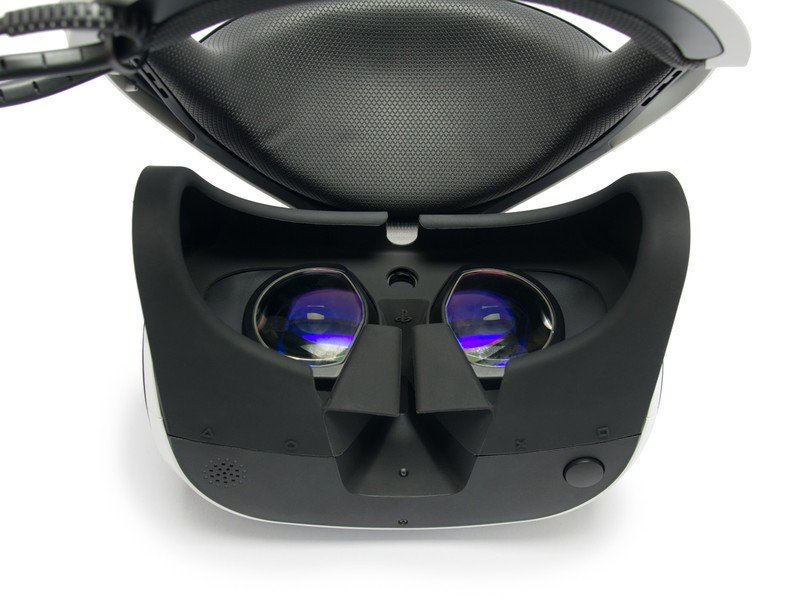
VR Lens Lab doesn't make prescription lenses for the PlayStation VR, likely because there's a whole lot more room for regular frames in the headset. They do, however, make protective lenses that will ensure your frames don't scratch the delicate lenses.
With the protective lenses are a carrying case and a suction cup for easy application and removal. These are not prescription lenses, so they cost quite a bit less. Expect to pay about $33.
Standalone VR frames with prescription lenses
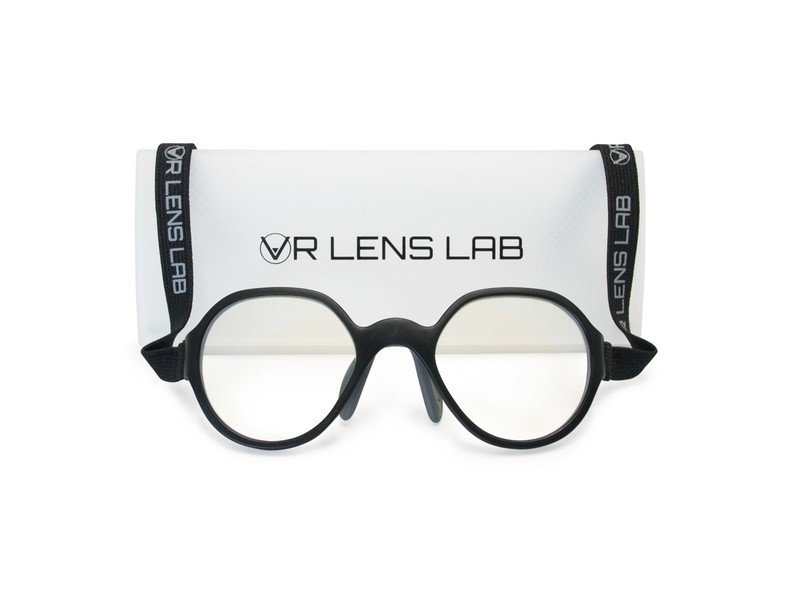
Instead of choosing just one set of prescription lenses for a headset, you can get prescription lenses put into a compact frame that can be used in a number of situations. They stick close to your face thanks to an elastic band (rather than folding arms), so when you aren't in VR, they can be used for sports or other activities where you'll be wearing some sort of mask.
If you're worried about the blue light emitted from your VR display, you can choose a special coating at checkout that reduces this harmful light. Expect to pay about $113 for prescription lenses with the Blueguard coating.

